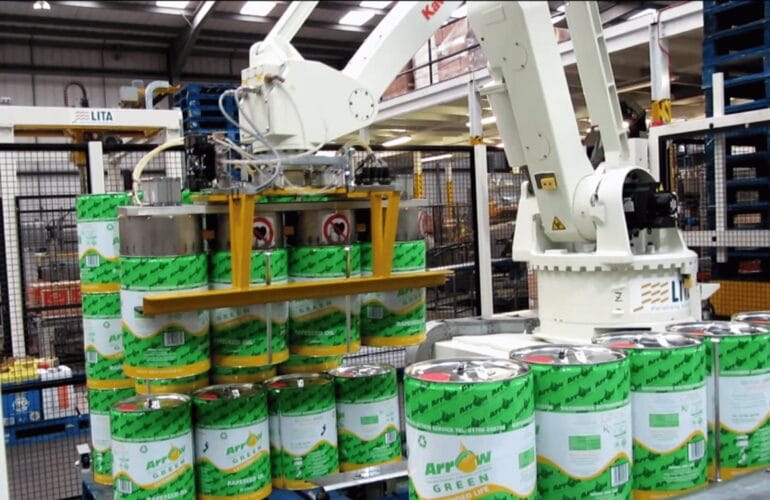The first automation in manufacturing was recorded in 1771 with the invention of a fully automated spinning mill and its integration into industrial processes has been gathering pace ever since. Today, automation plays a crucial part in many manufacturing operations – and signs are that in 2024, it’s set to become more important than ever.
With automation becoming more accessible and delivering clear economic and efficiency benefits, it’s not surprising the global figures show demand for robotics continues to increase. It’s predicted that 600,000 units will be installed around the world this year and in this blog, we look at the trends we can expect to see.
1. Automation will become essential to remain competitive
We already know that automation can improve productivity, reduce waste and boost efficiency and now a report from North America shows that in 2022, businesses choosing to automate saw a 30% higher average growth rate than those relying on manual processes. It all points to automation as a solution to the challenging economic conditions and a necessary investment for manufacturers who want to stay ahead of the competition.
2. Reducing installation and lead times will become a priority
With more companies of all sizes looking to invest in automation, the key differentiator will be who can get there fastest. Those who can quickly adapt their production lines to include robotic equipment will see a significant advantage and therefore suppliers who can react quickly and reduce the time from design to operation will be in demand.
3. AI will take centre stage
AI has transformative potential for manufacturing businesses and we’re expecting to see it used more and more as technology – and public perception – improves. The rapid and in-depth data analysis that AI is capable of helps to give manufacturers a better understanding of their ongoing activities, from predicting customer demand to identifying efficiency improvements, whilst machine learning enables robots to learn and improve from experience and can greatly improve quality and speed of operation. It also paves the way for predictive maintenance, reducing downtime and boosting productivity.
4. Automation will become even more accessible
As technological developments result in more compact and cost-effective machines the practice of designing and implementing plug-and-play or modular systems is growing in popularity, especially amongst smaller businesses. Manufacturers with fewer than 200 employees have previously been hindered by the complexity and cost of automation technologies, but the DIY approach allows them to implement flexible, customised solutions.
5. Advanced vision systems will enhance robotic capabilities
Vision systems use cameras, sensors and software to inspect or analyse parts and products on a production line and their integration into robotic technology was one of the biggest industrial automation trends in 2023. This year, we expect the momentum to continue and go a step further with the emergence of 4D vision, which incorporates AI to enable faster image processing. This significantly increases the speed at which checks can be carried out.
The time to embrace automation is now
New technology is making automation more accessible than ever and, as a result, it’s becoming more than just a tool for operational efficiency but a necessary partner for manufacturers looking to boost their resilience, grow their business and make a positive impact on both their bottom line and manufacturing processes in general.




